
Special Needs & Autism Visual Aid Reminder for Potty Toilet Toilet Training Routine Flash Cards
By comparison, only 8 percent of typically developing children in that age range were not toilet trained, according to a 2022 study. 1. Toilet training can be challenging because the traits of autism can interfere with learning this skill, experts say. Those traits include: a resistance to changes in routine, called an "insistence on sameness".

Early child development going to the toilet supported by visuals good for ASD, and PreK
Comprehensive toilet training resource for young children with autism from Autism Little Learners. Free Toilet Training Tracking Packet. Free Paw Patrol Wearing Underwear story. Free toileting sequence visual support. Peeing in the potty social story for girls. Peeing in the potty social story for boys. Pooping in the potty social story for girls.

Potty Training Visuals Autism for Boys Resource For Teacher
Parent's Guide to Toilet Training Children with Autism These materials are the product of on-going activities of the Autism Speaks Autism Treatment Network, a funded program of Autism Speaks.. Getting used to the toilet by using a visual schedule and making it part of the routine can make it less scary. Language: Children with ASD have.

ToiLeT ' PoTTY ' TRaiNiNG ViSuaL SuPPoRT SeT with 40 PECS PiCTuRe CaRDS autism
1. Printable Bathroom Chart from Kori at Home. 2. Simple One-Page Potty Training Visual Schedule from She's Always Write. 3. Simple Bathroom Routine from Amy Reed on Teachers Pay Teachers. 4. Bathroom Visual Schedule for Boys from Autism Educators. 5.
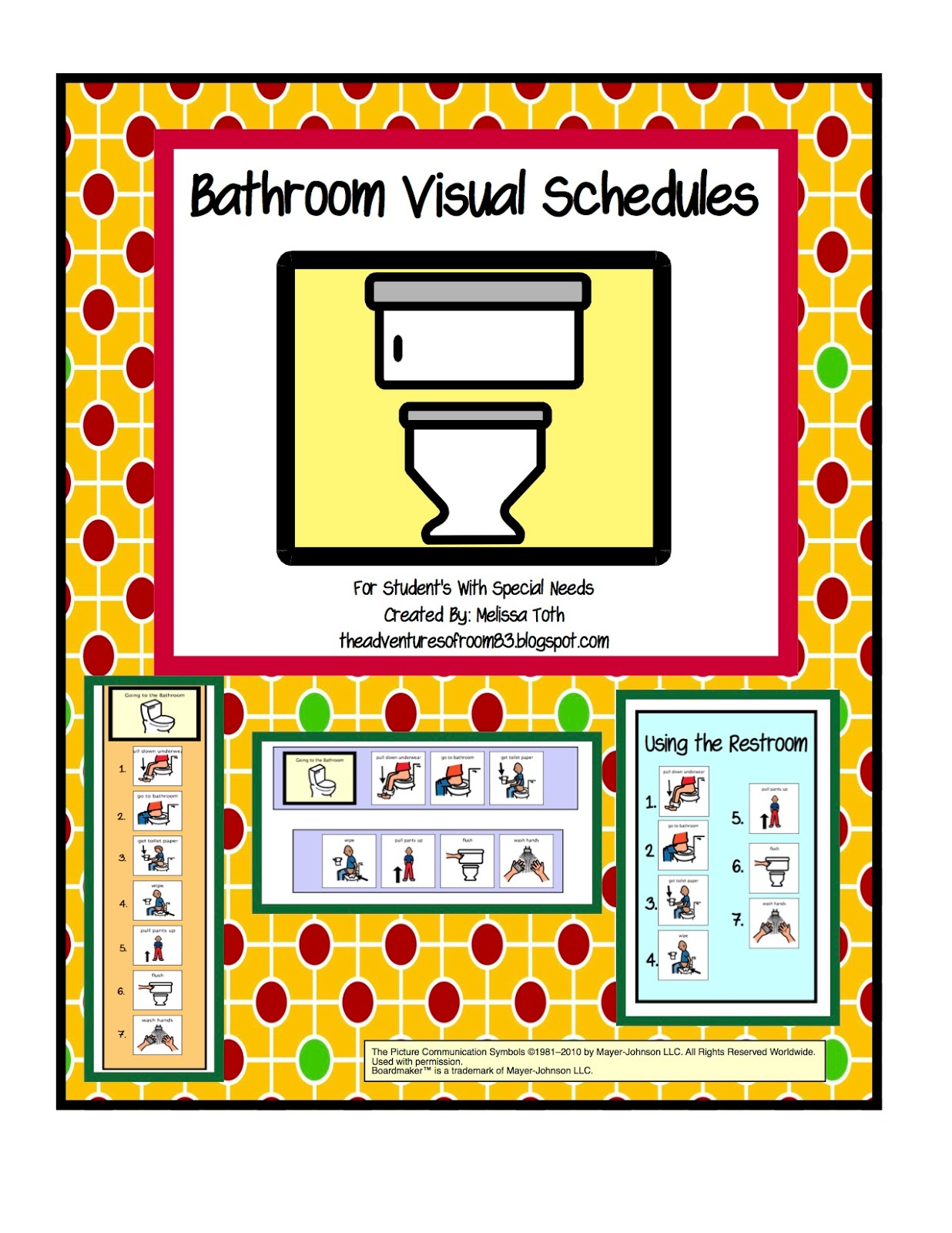
Toilet Training Autism Adventures
Visual disabilities.. Toilet training for children with developmental delay, intellectual disability or autism spectrum disorder can be quite similar to training for other children, but sometimes it is not. Like with other children, as you introduce your child to the concept of potty use, it often helps to keep explanations simple..
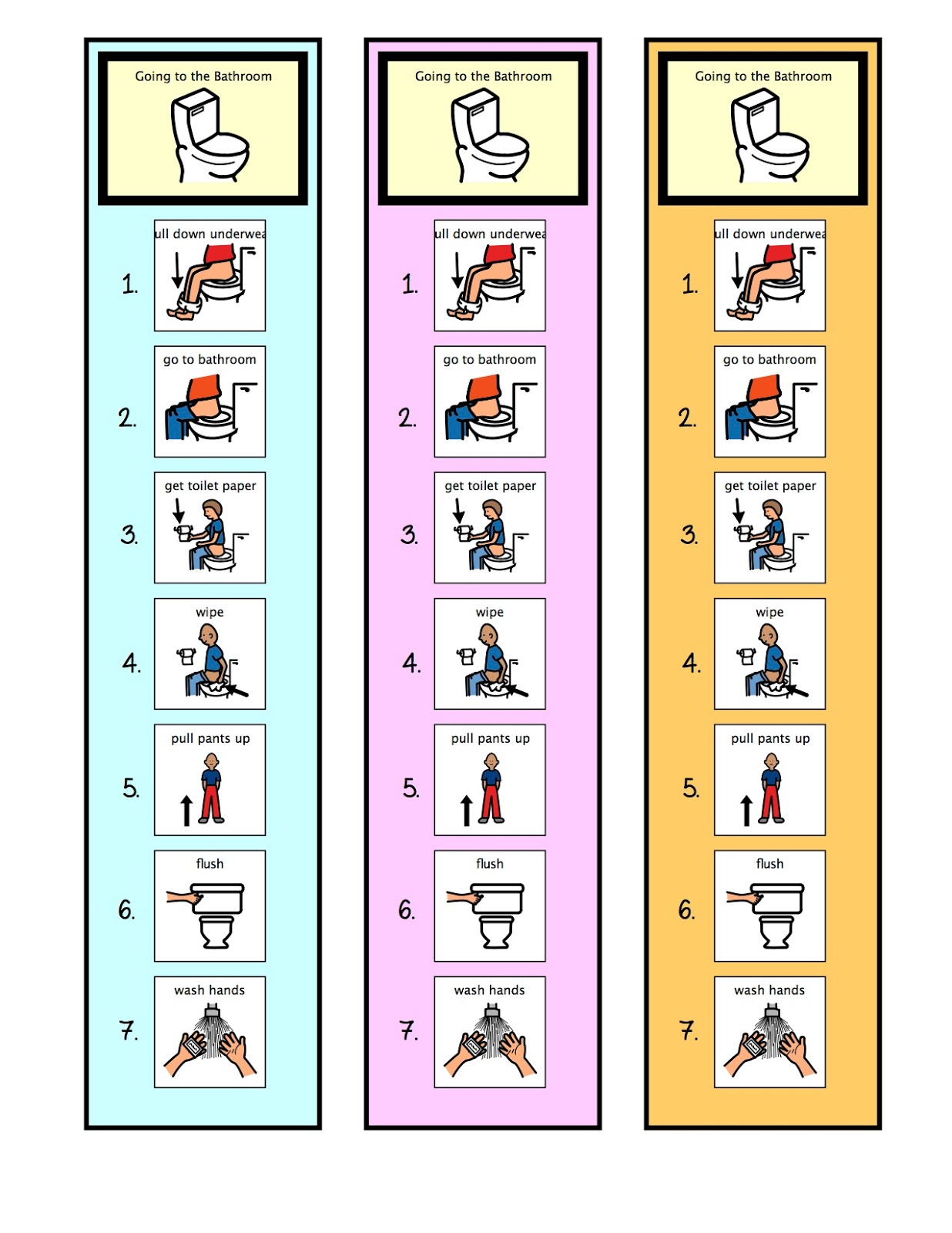
Toilet Training Autism Adventures
ATN/AIR-P Toilet Training Guide. Oftentimes, the challenges faced by children with autism can make toilet training especially difficult. Understanding these challenges can help you come up with different ways to meet your child's needs and teach him or her to use the toilet. This tool kit provides you with tips and resources to increase.
I have a free visual sequence available at
Autism And Toilet Training Visual Supports. 5 must-have visual sequences to improve routines at school and home. Autism And Potty Training Issues: 3 Reasons You May Be Hitting A Roadblock. FREE Toileting Sequence For Autism. Watch the replay of this Facebook Live mini-training about potty training, click the link below: Autism And Toilet Training

toilets hygiene asd Yahoo Image Search results Autism Activities, Autism Resources, Living
Stick the schedule on a wall close to the toilet or potty to remind your child of the steps. Go over the schedule with your child 2-3 times a day. Everyone who does toileting with your child will need to know and follow the schedule. This way, training will be consistent. A simple visual aid for toileting is shown here.
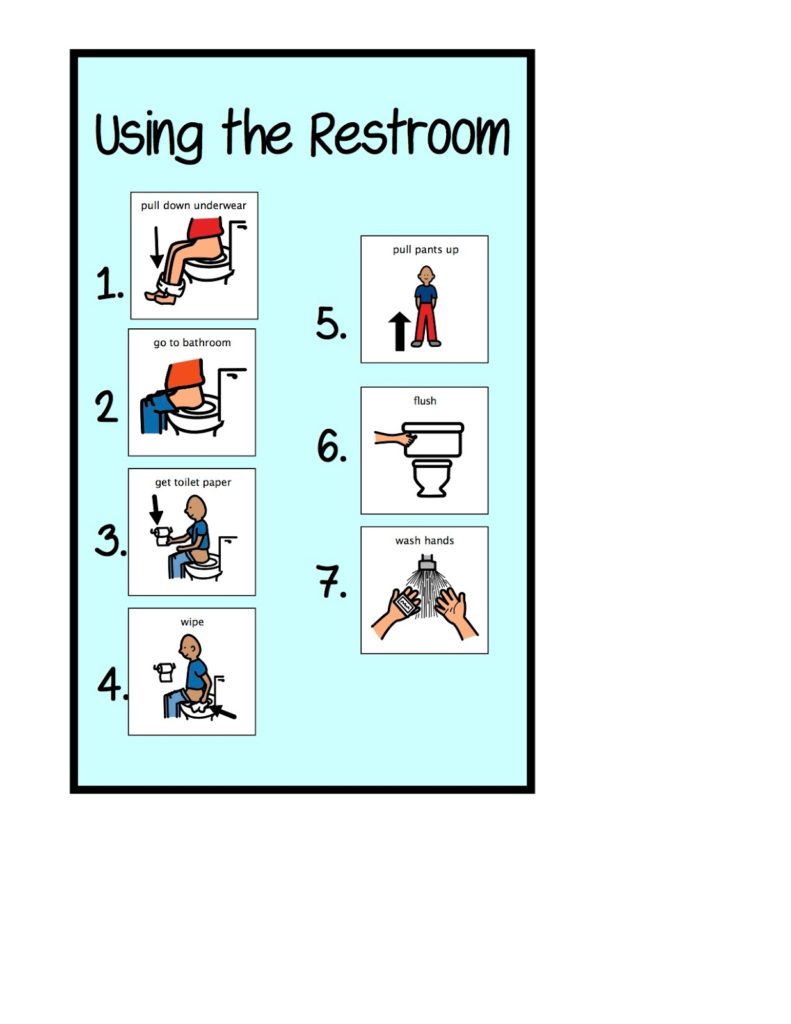
Toilet Training » Autism Adventures
Using a Visual Schedule. A visual schedule is a display of words and/or pictures of what is going to happen during the day or part of a day. The visual schedule helps your child learn the sequence of steps to be completed to get through the day's activities. A visual schedule can make the sequence more predictable thereby reducing your child.

Toilet Visual Cards Visual schedule preschool, Potty training social stories, Life skills
Undress as necessary. Sit on the toilet, relax, and remain on the toilet until finished. Get toilet tissue, wipe, and throw the tissue in the toilet. Get off of the toilet, flush one time, and close the toilet lid. Wash and dry hands and exit the bathroom. Follow this link to a sample picture toileting routine.

Pin by Helen Berry on Autism Autism potty training, Potty training visuals, Kids potty
NHS Greater Glasgow and Clyde (ND) Visual aids for learning - toilet training (girl) ERIC, Toilet Time Resource Pack The National Autistic Society (ND). Toileting . The National Autistic Society, Autism and continence training course. Bladder and Bowel UK (2017). Toilet training children with autism and related conditions - information for.

Toilet Training Children With Autism — Behavior Frontiers
Once children with autism are successfully peeing and pooping in the toilet for a week, begin working on additional steps to toilet training. 1. Teaching a child to ask to use the bathroom. Whether children with autism are verbal or non-verbal, it is important to teach them how to communicate when they need to use the restroom.
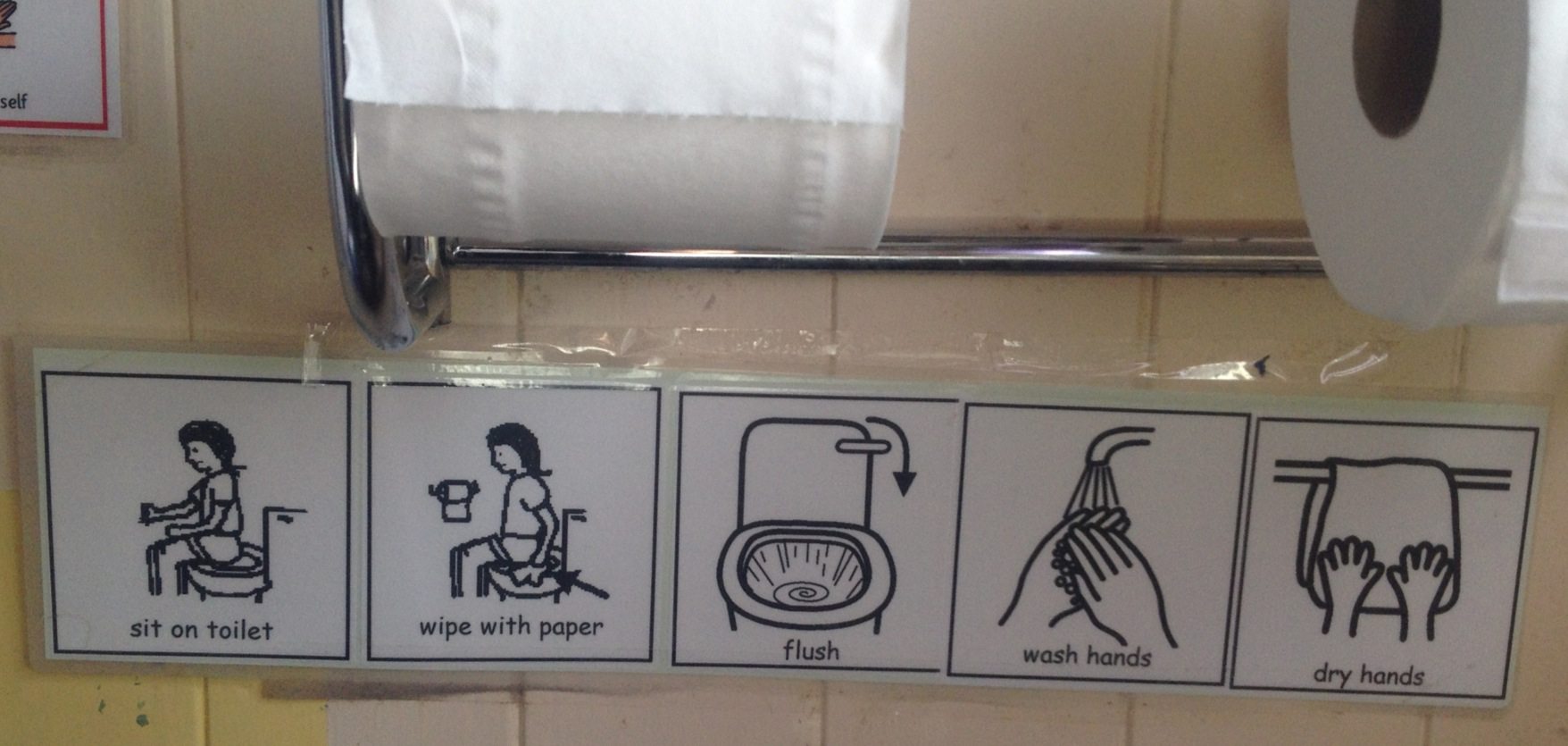
Lets train Potty training visuals
Developing a toileting routine and creating a visual sequence to help your child understand what is expected of them are among the many strategies that can help. Our guide provides some useful steps for parents to hopefully make your child's toilet training successful. This page gives you an overview.
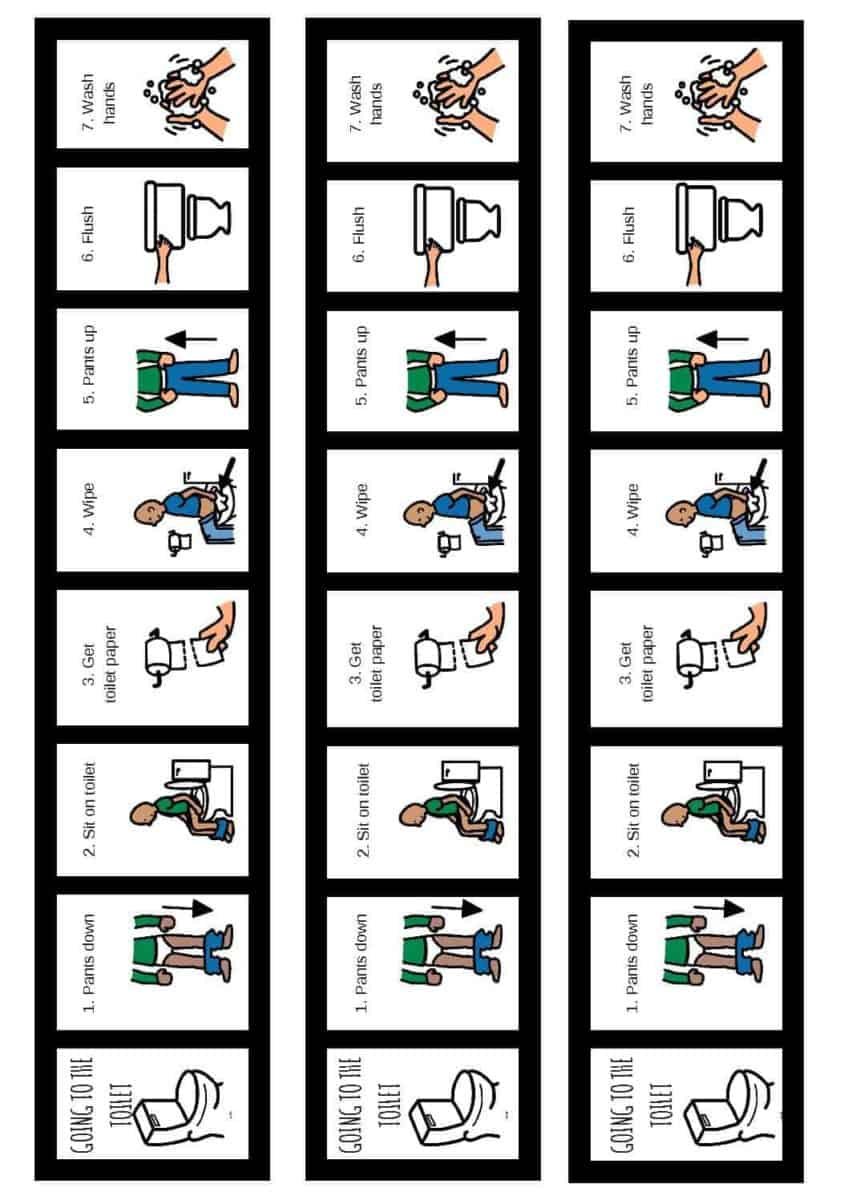
Toileting Visual Schedule & Reward Visual For Kids With Autism
Toilet Training Visuals Visual aids are very helpful way to help a child learn. Toilet training can be difficult to explain to a child with limited communication and visuals are a key support. In this pack you will find: Doing a poo on the toilet Doing a wee in the toilet How to wash your hands Visual aid and PECS cards
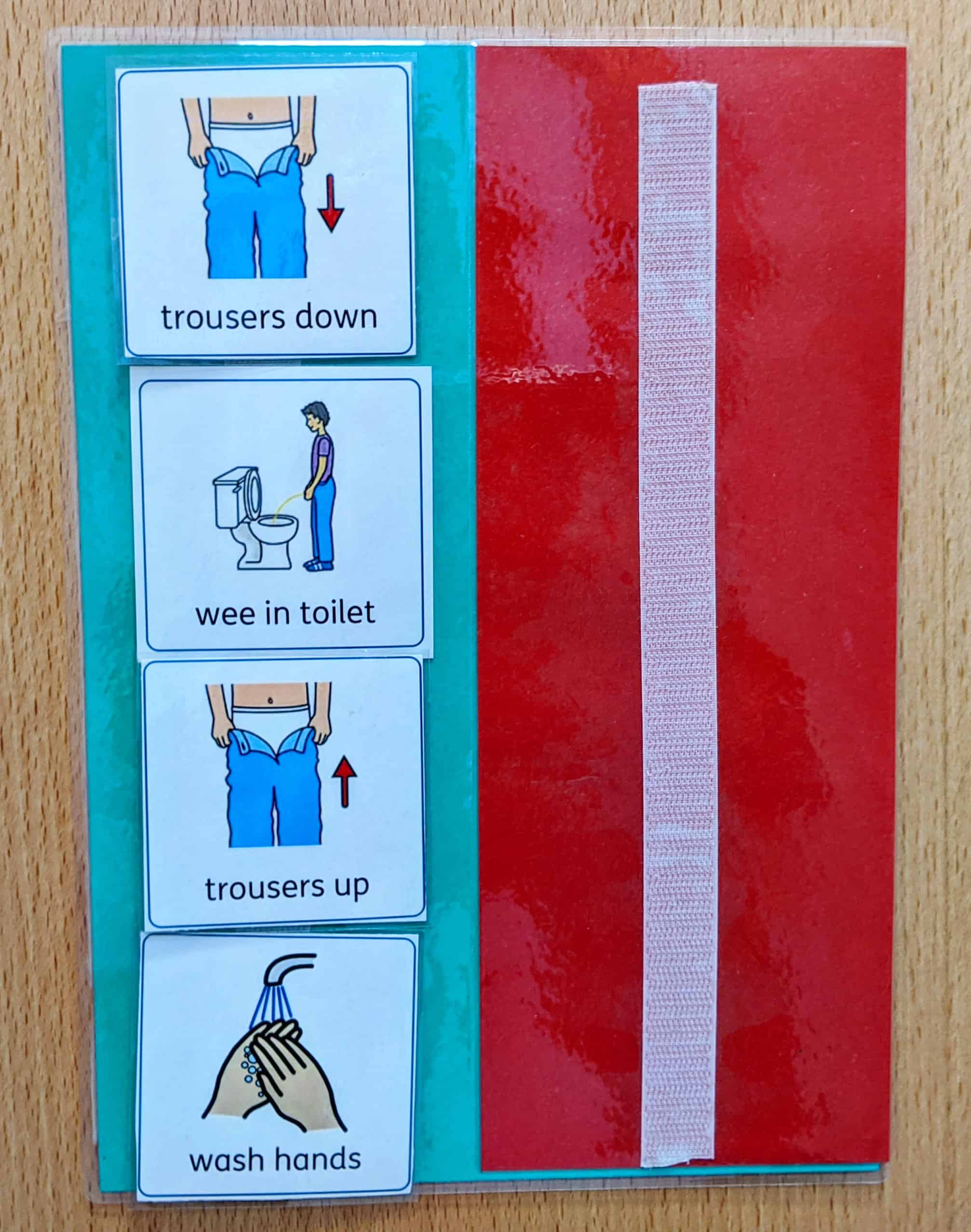
Strategies for toilet training an autistic child Autism Spectrum Teacher
Show your child a photo or drawing of the toilet and say 'your child's name, toilet', take them into the toilet, follow your visual sequence for undressing and sit your child on the toilet. Even if they do not open their bowel or bladder, continue to follow the visual sequence as if they had. Use a laminated visual sequence above the sink at.
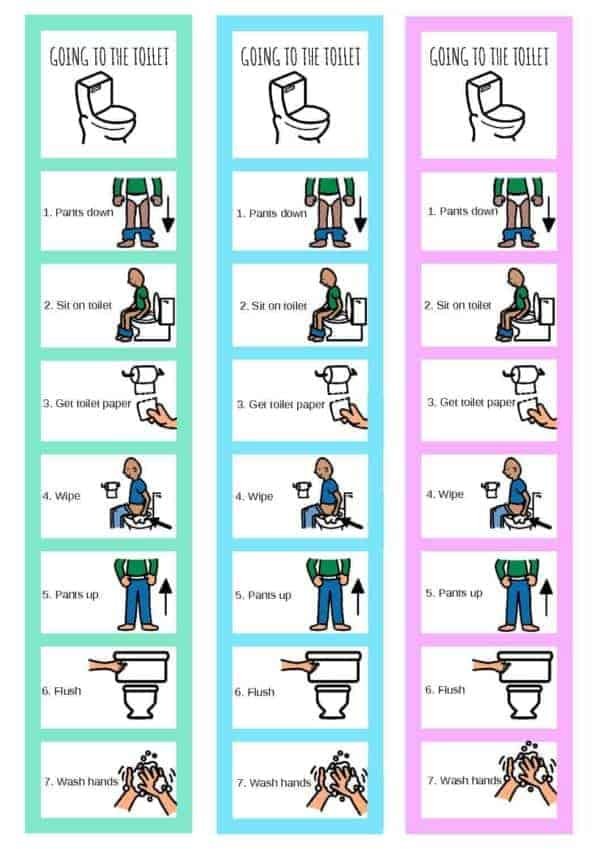
Toileting Visual Schedule & Reward Visual For Kids With Autism
Medically reviewed by Lyndsey Garbi, MD. Toilet training is never easy, and it can be a real challenge for many autistic children. Some of the usual motivations for toilet training such as peer pressure, a desire for independence, or a need to feel clean and dry may not be present in an autistic child. Most autistic children can learn to use.